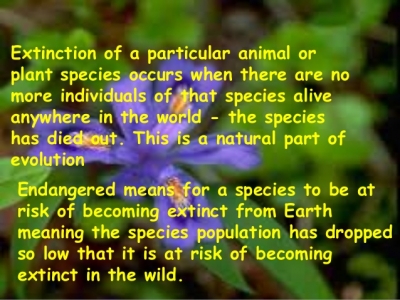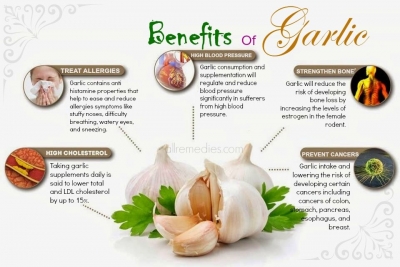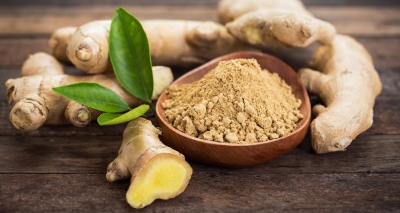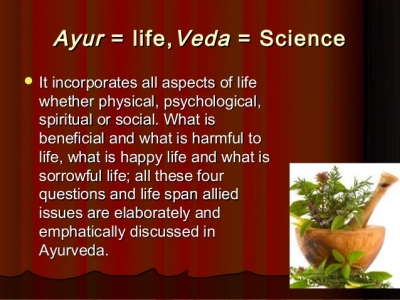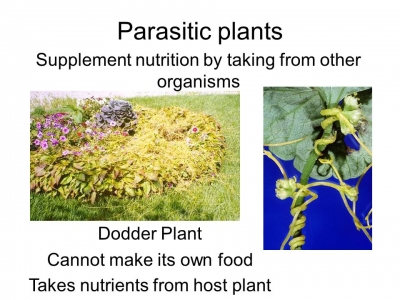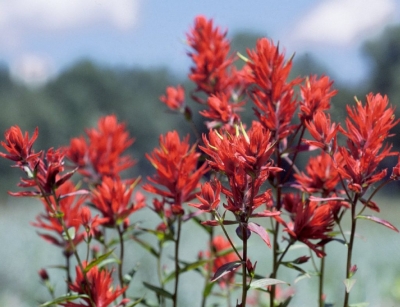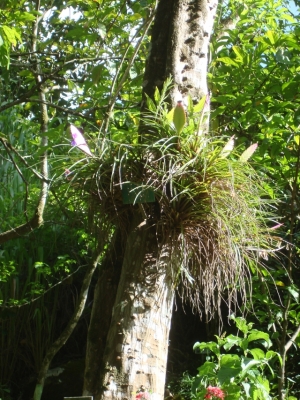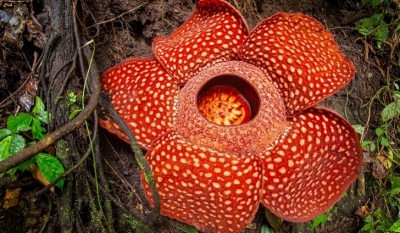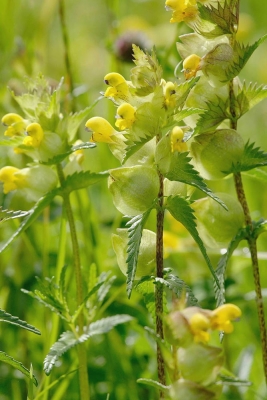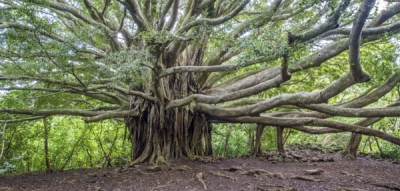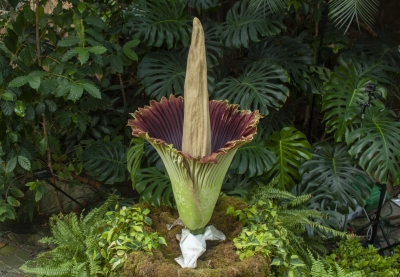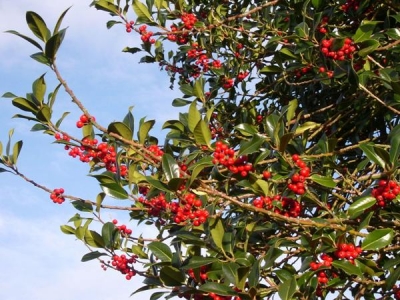Why is it said that plants and trees respond to music?

Plants and trees are said to respond to music. Music is supposed to induce growth in them and encourage them to produce a higher yield.
Such observations have been put forward on the basis of experiments conducted by scientists. The earliest such study was done by J.C. Bose of India. Several studies have been conducted by Western scientists too, to prove the above observations.
Yet an equal number of studies have been carried out by scientists to prove the theory wrong. They say that plants have no ears to hear, and no brain to process, and understand music
However, plants do respond to the vibration produced by sound. An example of this is the way that the mimosa pudica, or forget-me-not, responds to sound induced vibrations. Vibrations induce electrical signals across the leaflets of this plant and cells at the base of the leaflets respond to it. This kind of responds is known as seismonasty. Though plants may not respond to music, the way humans do, how exactly, and what effects it causes in them, still remain a mystery.
Picture Credit : Google
